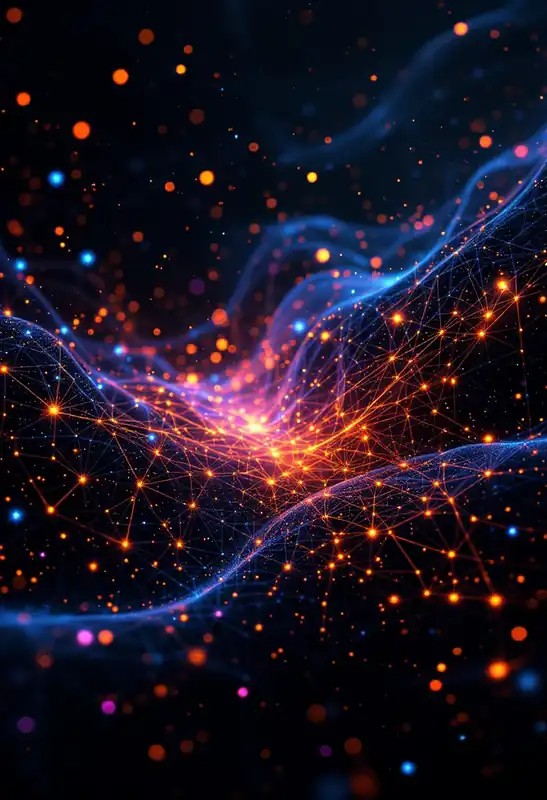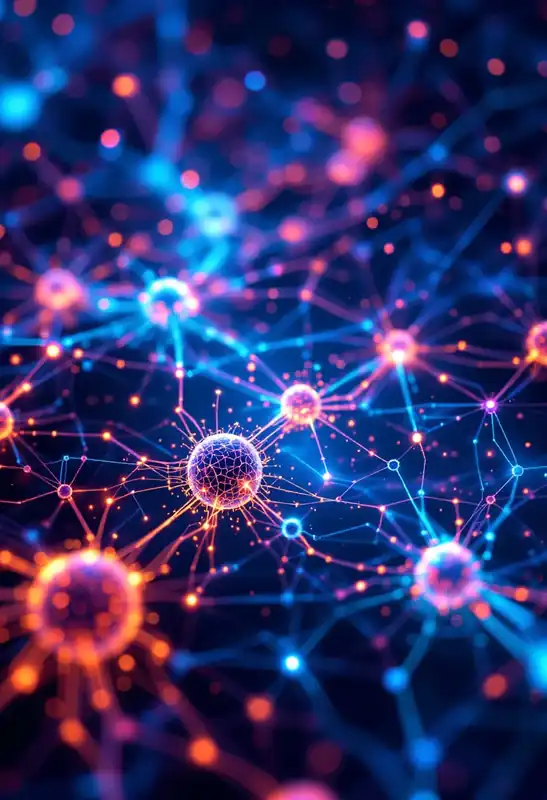Ian Goodfellow
(31 articles)
Parameterized
Model or function in AI that utilizes parameters to make predictions or decisions.
Generality: 796

Supervision
Use of labeled data to train ML models, guiding the learning process by providing input-output pairs.
Generality: 890

Training
Process of teaching a ML model to make accurate predictions or decisions, by adjusting its parameters based on data.
Generality: 940

ML
Machine Learning
Machine Learning
Development of algorithms and statistical models that enable computers to perform tasks without being explicitly programmed for each one.
Generality: 965

Generative
Subset of AI technologies capable of generating new content, ideas, or data that mimic human-like outputs.
Generality: 840

EBM
Energy-Based Model
Energy-Based Model
Class of deep learning models that learn to associate lower energy levels with more probable configurations of the input data.
Generality: 625

DL
Deep Learning
Deep Learning
Subset of machine learning that involves neural networks with many layers, enabling the modeling of complex patterns in data.
Generality: 905

DNN
Deep Neural Networks
Deep Neural Networks
Advanced neural network architectures with multiple layers that enable complex pattern recognition and learning from large amounts of data.
Generality: 916

Batch
A collection of data samples processed simultaneously in a single step of a neural network's training process.
Generality: 500

Autoencoder
Type of artificial neural network used to learn efficient codings of unlabeled data, typically for the purpose of dimensionality reduction or feature learning.
Generality: 815

SotA
State of the Art
State of the Art
The highest level of performance achieved in a specific field, particularly in AI, where it denotes the most advanced model or algorithm.
Generality: 720

Superintelligence
A form of AI that surpasses the cognitive performance of humans in virtually all domains of interest, including creativity, general wisdom, and problem-solving.
Generality: 850

Adversarial Attacks
Manipulating input data to deceive machine learning models, causing them to make incorrect predictions or classifications.
Generality: 650

Feature Learning
Automatically learning representations or features from raw input data in order to improve model performance and reduce dependency on manual feature engineering.
Generality: 500

Initialization
Process of setting the initial values of the parameters (weights and biases) of a model before training begins.
Generality: 865

Latent Space
Abstract, multi-dimensional representation of data where similar items are mapped close together, commonly used in ML and AI models.
Generality: 805

Adversarial Instructions
Inputs designed to deceive AI models into making incorrect predictions or decisions, highlighting vulnerabilities in their learning algorithms.
Generality: 740

Discriminator
Model that determines the likelihood of a given input being real or fake, typically used in generative adversarial networks (GANs).
Generality: 815

GAN
Generative Adversarial Network
Generative Adversarial Network
Class of AI algorithms used in unsupervised ML, implemented by a system of two neural networks contesting with each other in a game.
Generality: 865

Mode Collapse
Phenomenon in Generative Adversarial Networks (GANs) where the generator produces limited, highly similar outputs, ignoring the diversity of the target data distribution.
Generality: 375

Conditional Generation
Process where models produce output based on specified conditions or constraints.
Generality: 830

Generative AI
Subset of AI technologies that can generate new content, ranging from text and images to music and code, based on learned patterns and data.
Generality: 830

Convergence
The point at which an algorithm or learning process stabilizes, reaching a state where further iterations or data input do not significantly alter its outcome.
Generality: 845

Text-to-Image Model
Converts descriptive text inputs into visual images through AI-generated interpretations.
Generality: 655

Targeted Adversarial Examples
Inputs intentionally designed to cause a machine learning model to misclassify them into a specific, incorrect category.
Generality: 255

AI Failure Modes
Diverse scenarios where AI systems do not perform as expected or generate unintended consequences.
Generality: 714

Synthetic Data Generation
Creating artificial data programmatically, often used to train ML models where real data is scarce, sensitive, or biased.
Generality: 795

Deepfakes
Synthetic media produced by AI technologies that superimpose existing images or videos onto source images or videos to create realistic likenesses.
Generality: 560

Adapter Layer
Neural network layer used to enable transfer learning by adding small, trainable modules to a pre-trained model, allowing it to adapt to new tasks with minimal additional training.
Generality: 625

Generative Model
A type of AI model that learns to generate new data instances that mimic the training data distribution.
Generality: 840

Model Collapse
Phenomenon where a ML model, particularly in unsupervised or generative learning, repeatedly produces identical or highly similar outputs despite varying inputs, leading to a loss of diversity in the generated data.
Generality: 650